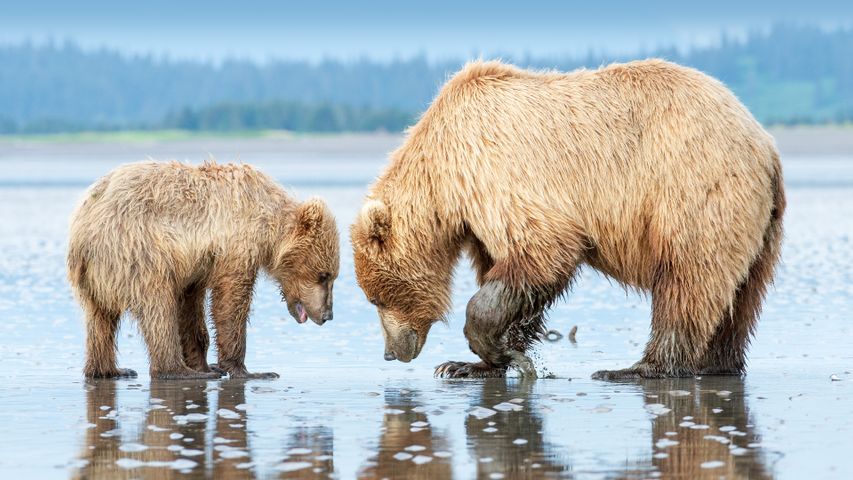Wolfe Creek Crater, Australia
© Abstract Aerial Art/Getty Image
Wolfe Creek Crater, Australia
Wolfe Creek Crater in Western Australia, pictured here, was created by a meteorite estimated to have weighed over 14,000 tonnes. Known as Kandimalal to the Jaru people, it was officially identified in 1947, though Indigenous knowledge long preceded that. The crater is about 875 metres in diameter and sits within Wolfe Creek Meteorite Crater National Park, a remote protected area. Almost perfectly circular, it's among the world's largest craters. The park's flat plains and desert grasslands make the crater's rim especially visible.
Wolfe Creek Crater has featured in various films, novels and children's books, and is considered the second best-preserved meteorite crater on Earth, after the Barringer Crater in Arizona. Today, visitors can walk along the rim and learn about its significance to both science and local Indigenous communities.
Related Images
Bing Today Images
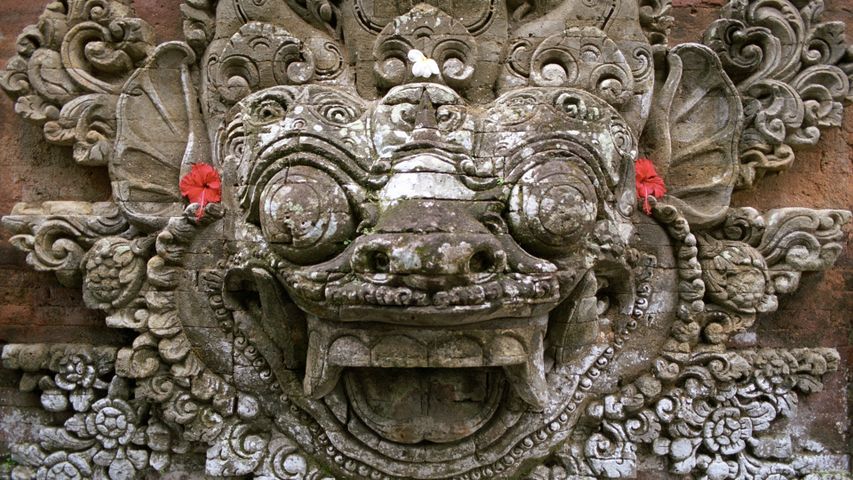
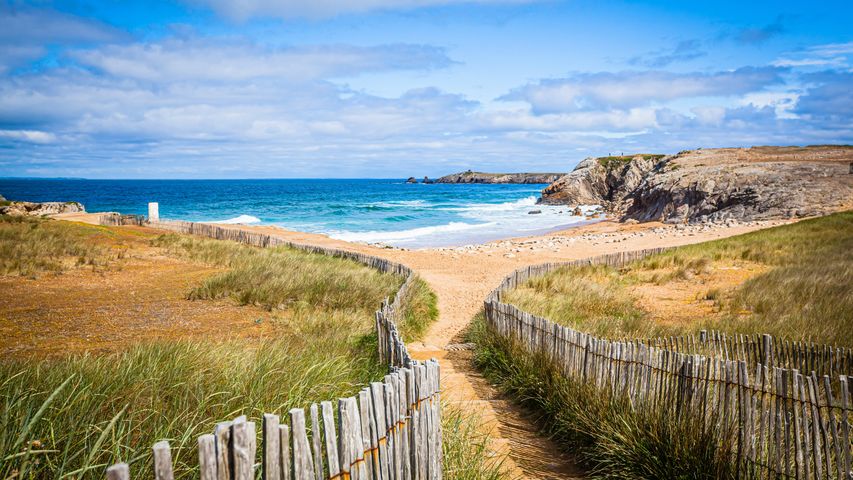
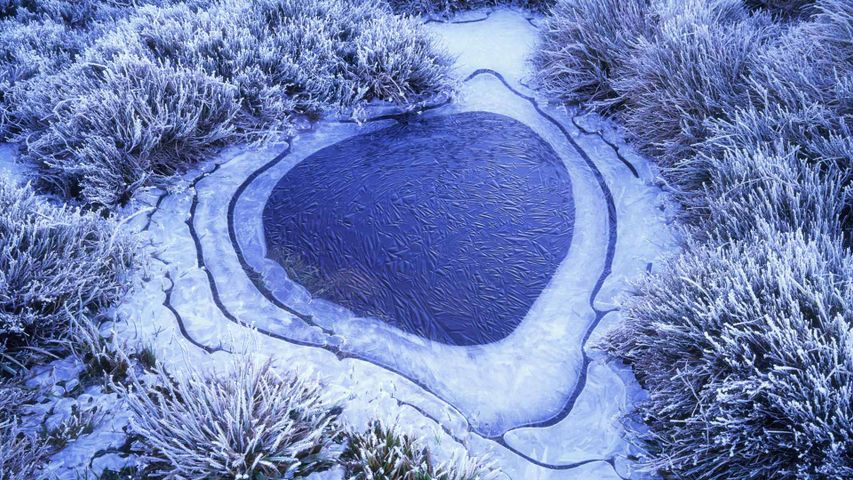

 Gaztelugatxe islet at sunset, Basque Country, Spain
Gaztelugatxe islet at sunset, Basque Country, Spain
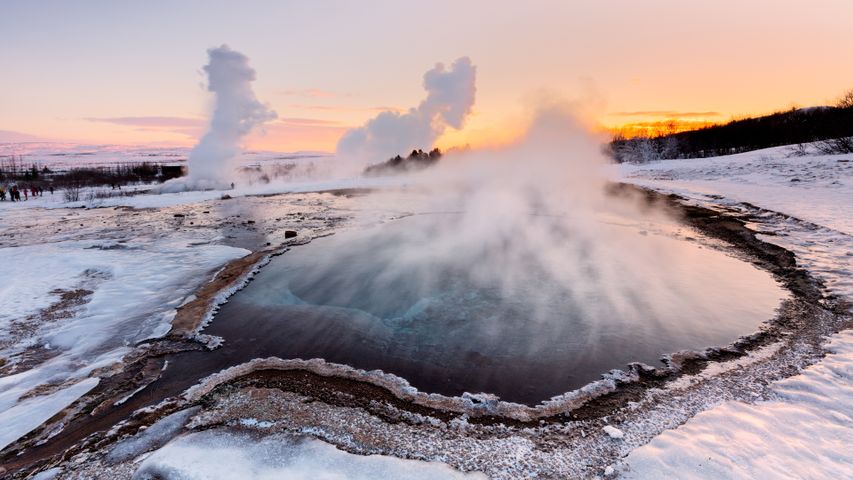 Strokkur geyser in Iceland
Strokkur geyser in Iceland
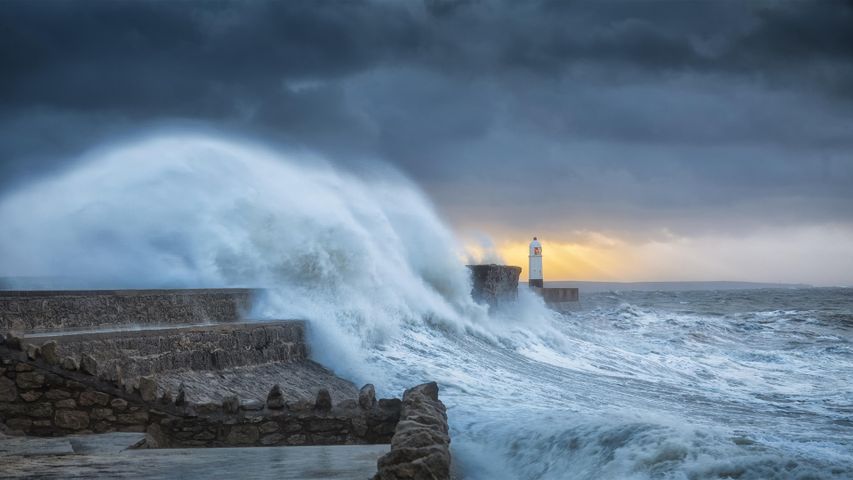 Porthcawl lighthouse, South Wales, UK
Porthcawl lighthouse, South Wales, UK
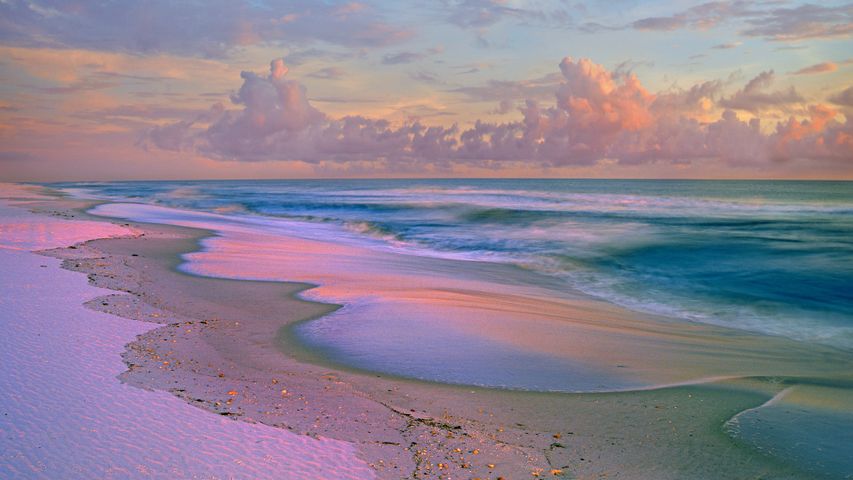 Beach at sunrise, Gulf Islands National Seashore, Florida, USA
Beach at sunrise, Gulf Islands National Seashore, Florida, USA
 Tateishi Park, Kanagawa Prefecture, Japan
Tateishi Park, Kanagawa Prefecture, Japan
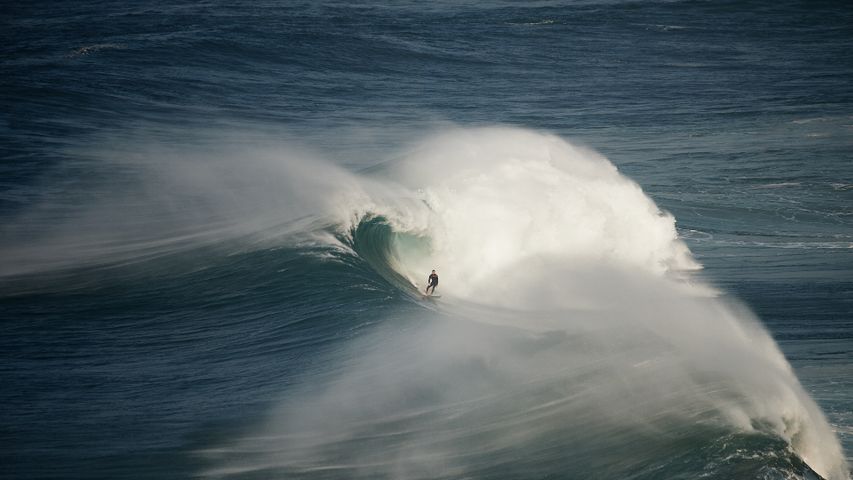 Surfer riding a wave in Nazaré, Portugal
Surfer riding a wave in Nazaré, Portugal
 Grand Prismatic Spring at sunrise, Yellowstone National Park, Wyoming, USA
Grand Prismatic Spring at sunrise, Yellowstone National Park, Wyoming, USA
 Seawater cascades over an ancient coral reef, Hang Rai, Vietnam
Seawater cascades over an ancient coral reef, Hang Rai, Vietnam
